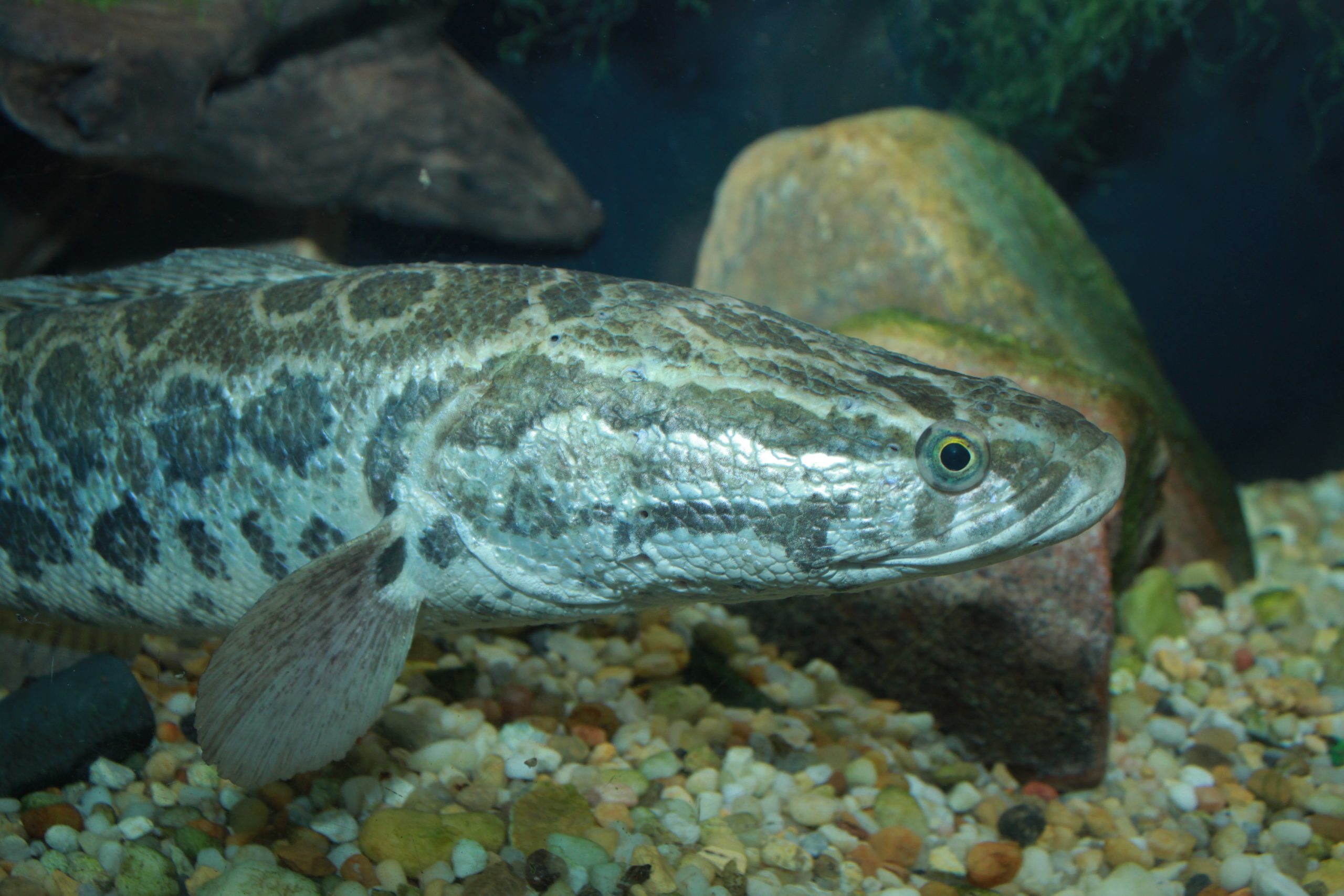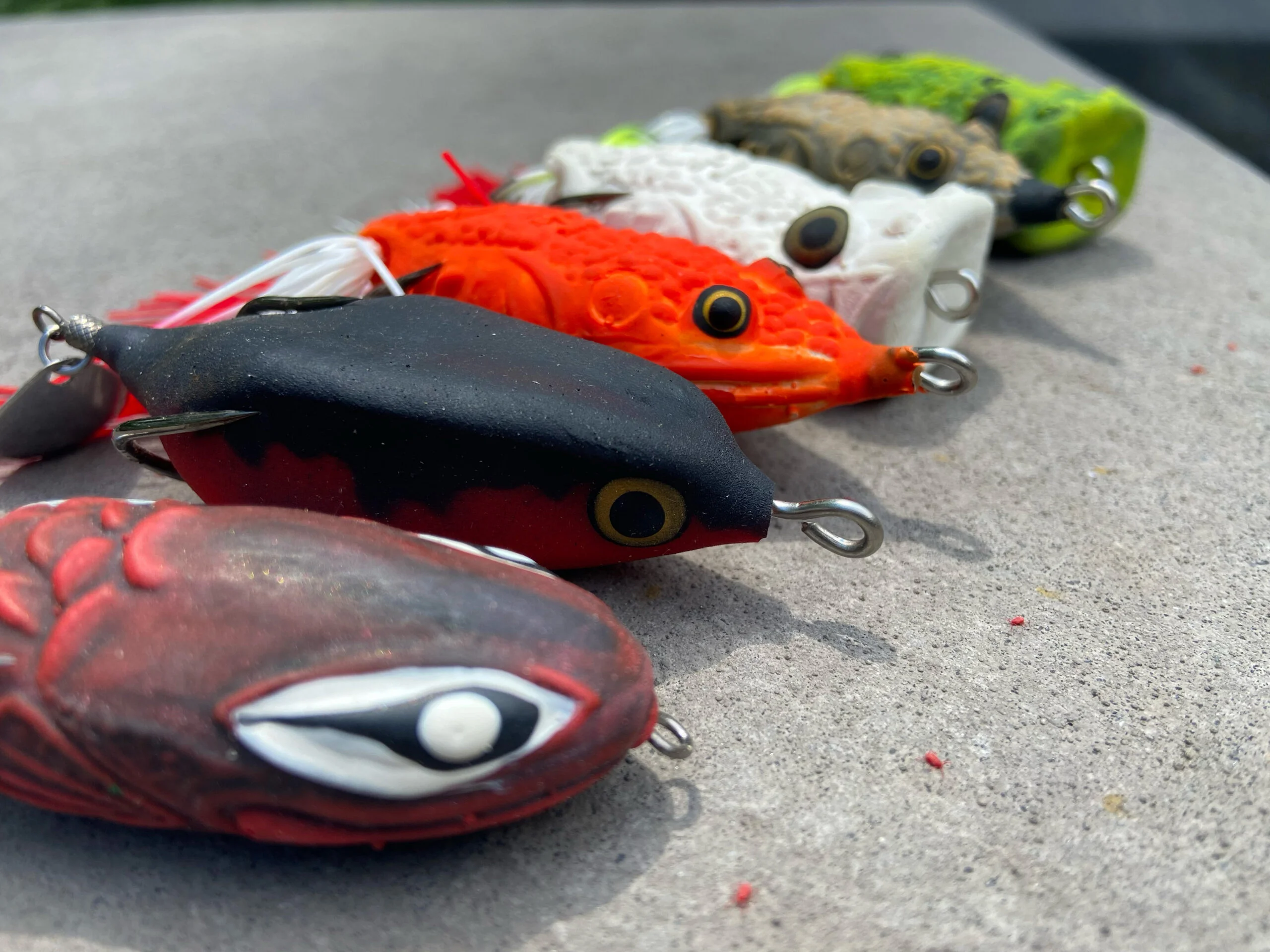The snakehead, an apex predator shrouded in controversy, ignites a fire in the hearts of adventurous anglers. Renowned for their air-breathing abilities, aggressive strikes, and tenacious battles, these intriguing fish have established themselves in various regions of the United States. While their presence may raise ecological concerns, snakeheads undeniably offer a unique and thrilling fishing experience. This in-depth guide delves into the world of snakehead fishing, empowering you with the knowledge and techniques to strategically target these captivating creatures.
Decoding the Snakehead: A Behavioral Blueprint
Understanding the snakehead’s behavior is the cornerstone of successful fishing. Here’s a breakdown of key factors to consider:
- Habitat Preferences:
- Shallow Havens: Snakeheads favor shallow, slow-moving waters with abundant vegetation. Look for them in:
- Ponds and lakes with dense weed beds, lily pads, and overhanging vegetation.
- Marshes and swamps teeming with aquatic plants and submerged structures.
- Slow-moving streams and canals with suitable cover and food sources.
- Oxygen Warriors: Unlike most fish, snakeheads possess a labyrinth organ that allows them to breathe air directly from the surface. This enables them to survive in oxygen-depleted environments that other fish avoid.
- Shallow Havens: Snakeheads favor shallow, slow-moving waters with abundant vegetation. Look for them in:

- Feeding Habits:
- Apex Ambushers: Snakeheads are opportunistic predators, utilizing their air-breathing ability to their advantage. They lie in wait within the cover of vegetation, striking with surprising speed and ferocity at unsuspecting prey. Their diet includes:
- Fish: Smaller fish are a primary food source, making them vulnerable to lures that mimic baitfish.
- Amphibians: Frogs, tadpoles, and salamanders are readily consumed by snakeheads.
- Crustaceans and Insects: These smaller prey items are also part of their diverse diet.
- Apex Ambushers: Snakeheads are opportunistic predators, utilizing their air-breathing ability to their advantage. They lie in wait within the cover of vegetation, striking with surprising speed and ferocity at unsuspecting prey. Their diet includes:
- Seasonal Shifts:
- Warmer Water Warriors: Snakeheads become more active feeders and aggressive in warmer months (spring and summer), venturing into shallower water to hunt.
- Deeper Depths: During colder months (fall and winter), snakeheads may retreat to slightly deeper water near structures or submerged vegetation.
Equipping Yourself for the Challenge: The Right Tools for Snakehead Success
Choosing the right equipment is paramount for a successful and safe snakehead fishing adventure:
- Rods:
- Power: Select a medium-heavy to heavy power rod to handle the powerful runs and aggressive fighting style of a snakehead. These rods can overpower the fish and maneuver them away from heavy cover.
- Action: A fast action rod offers the best combination – sensitivity to detect subtle strikes in thick vegetation and the backbone to set the hook effectively.
- Length: A 6-foot to 7-foot rod provides a good balance of casting control, maneuverability, and fighting power, allowing you to work lures effectively in tight spaces.
- Reels:
- Baitcasting Reels: Experienced anglers may prefer baitcasting reels for their superior power and control, especially when using heavy lures and lines. Look for reels with a high gear ratio (6:1 or higher) for fast retrieves.
- Spinning Reels: For beginners or those using lighter lures and lines, spinning reels offer a user-friendly option. Choose a reel with a smooth drag system and sufficient line capacity to handle long runs.
- Lines:
- Braided Line: Braided line is the preferred choice for snakehead fishing due to its superior strength and sensitivity. It has no stretch, allowing for better bite detection and faster hooksets (30-50 lb test is recommended).
- Fluorocarbon Leader: Snakeheads have extremely sharp teeth that can easily sever braided line. To prevent this, use a 12-18 inch fluorocarbon leader (20-30 lb test) tied to the braided line with a strong knot like the FG knot or the Uni Knot. Fluorocarbon is nearly invisible underwater, offering an additional advantage.
- Lures and Baits:
- Topwater Lures: During low-light conditions and early mornings, capitalize on the snakehead’s aggressive nature with:
- Frog imitations that create ripples and splashes, mimicking struggling prey.
- Buzzbaits that generate noise and vibrations, attracting snakeheads from a distance.
- Poppers that create a popping sound and surface commotion, triggering strikes.
- Soft Plastics: For enticing snakehead lurking in heavy cover, consider:
- Swimbaits with a slow, erratic retrieve that resembles an injured baitfish.
- Soft plastic worms rigged weedless to navigate through dense vegetation.
- Topwater Lures: During low-light conditions and early mornings, capitalize on the snakehead’s aggressive nature with:

- Spinnerbaits and Jigs: These lures can be effective in various situations:
- Spinnerbaits with large blades cast vibrations and flash, attracting snakeheads in open water or along weed edges.
- Jigs with trailers like crawfish imitations can be hopped and dragged along the bottom near structures where snakeheads may be feeding.
Mastering the Art of the Presentation: Effective Techniques for Snakehead Supremacy
Presentation is key to enticing strikes from these wary predators. Here are some effective techniques to consider:
- Fishing Locations:
- Target the Cover: Focus your casts on areas with dense aquatic vegetation, submerged logs, rock piles, and overhanging vegetation. These areas provide snakeheads with both ambush points and easy access to prey.
- Shallow Water Focus: During spring and summer, target shallow water with abundant cover, where snakeheads actively feed.
- Bait Presentation:
- Topwater Tactics: In low-light conditions or early mornings, work topwater lures with a slow and steady retrieve with occasional pops or twitches to simulate a struggling prey item.
- Weed Walking: For soft plastics and weedless lures, employ a “weed walking” technique. Twitch the rod tip to create a walking motion on the surface of the water, enticing snakeheads lurking beneath the vegetation.
- Punching Through Cover: When targeting snakeheads in very thick cover, use heavy jigs or weighted soft plastics with a punching technique. Briefly raise the rod tip to create a punching motion, forcing the lure through the vegetation and pausing occasionally to allow the lure to fall.
- Adapting to Conditions:
- Weather Warriors: Overcast days and periods of low light are generally prime times for snakehead fishing as they become more active. Windy conditions can also stir up baitfish and trigger feeding activity in snakeheads.
- Water Clarity: Adjust your lure color selection based on water clarity. In murky waters, opt for brightly colored lures with added flash to attract attention. In clear waters, natural color patterns that resemble baitfish in the area are more effective.
Additional Tips for Snakehead Fishing Success
- Sharp Hooks: Snakeheads have bony jaws and sharp teeth. Utilize strong, sharp hooks to ensure a solid hookset and prevent the fish from throwing the hook during the fight.
- Brace for a Battle: Snakeheads are known for their aggressive fighting style. Be prepared to handle them with a firm grip and steady pressure, especially when they take cover in vegetation.
- Handle with Care: Snakeheads have sharp teeth and gill plates that can inflict injury. Use long-nose pliers or a dedicated fish remover to safely unhook them. Consider using a fish grip for a secure hold, especially with larger snakeheads.
- Respect the Environment: Snakeheads are considered invasive species in many areas. Always be aware of local regulations regarding the capture, handling, and disposal of snakeheads. Follow responsible fishing practices to minimize environmental impact.

Robert Smith is the proud owner of Bait Barrels and Bows, a premier fishing sports store established in 1989. With over three decades of experience in the industry, Robert has honed his skills to become an expert angler, sharing his vast knowledge and passion for fishing with enthusiasts around the world. Through his store and writings, Robert provides invaluable tips and guidance, helping both novice and seasoned anglers improve their techniques and enjoy the sport to its fullest. His commitment to the fishing community is evident in his dedication to quality products and excellent customer service.

